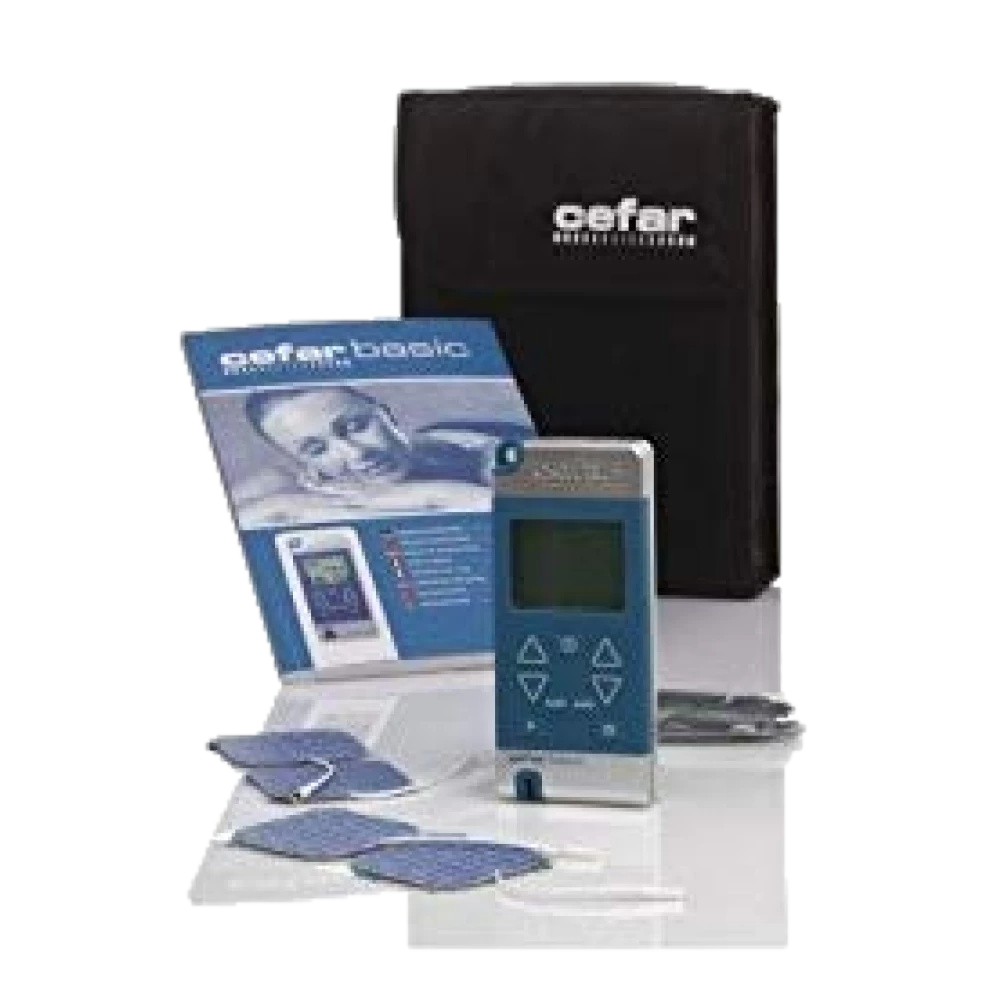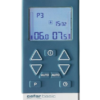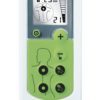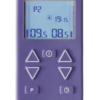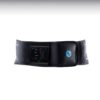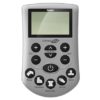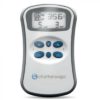TENS Machine a 2023 Guide
Pain management is a crucial aspect of healthcare, particularly in conditions that involve chronic pain. This is where TENS machines come into play. Tens technology has been recognized as an effective method for managing various types of pain, from minor discomfort to severe chronic ailments. As a result, Tens machines have become increasingly popular among medical professionals and individuals seeking pain relief options.
In this article, we will dive into the science behind this device and explore how it works to alleviate different sources of pain. You’ll also learn about its applications in modern medicine and practical tips for using it effectively at home or under professional guidance.
How TENS Technology Works to Alleviate Pain
TENS technology is based on the principle of electrical stimulation. This machine delivers electrical pulses to the affected areas of the body via adhesive pads that are placed directly onto the skin, stimulating nerve fibers and releasing endorphins – natural painkillers produced by the body. The electrical impulses generated by Tens machines interfere with pain signals traveling from a specific area of discomfort to the brain, reducing or even eliminating unpleasant sensations.Tens machines can be programmed to provide different levels of intensity and frequency, depending on individual needs and preferences. Some models also allow for multiple electrodes to be connected at once, covering larger areas or targeting several different points simultaneously. As a non-invasive method, Tens technology has minimal side effects compared to other types of pain management treatments which have adverse health impacts in some cases.
In summary, tens technology works by blocking or overriding painful stimuli in a way that allows patients who suffer chronic pains flexibility in their daily activities.
Different Applications of Tens Machines for Pain Relief
Tens machines, or Transcutaneous Electrical Nerve Stimulation devices, use electrical currents to stimulate the nerves in affected areas of the body. This stimulation sends signals to the brain that can help reduce pain and discomfort. One popular application for TENS machines is for lower back pain, which affects a large portion of adults around the world. By sending these signals to the muscles surrounding the spine, TENS machines have been found to significantly alleviate chronic lower back pain without resorting to medication.
Another noteworthy application for Tens technology is for arthritis sufferers who experience hand and wrist joint pain. These small portable devices are particularly useful as they are easy-to-use instruments which patients can carry with them wherever they go. Furthermore, using a TENS machine makes it possible to avoid dependence on medications that typically come with undesirable side effects – this increases their attractiveness among those seeking natural alternatives towards managing their condition.
In conclusion, there are various applications for TENS Machine technology when it comes to alleviating different types of pain experienced by people suffering from chronic conditions such as fibromyalgia or osteoarthritis . The fact that these electrical stimulators offer non-invasive yet effective means of relief from daily pains.
Advantages and Disadvantages of Tens Machines in Pain Management
Advantages of TENS Machines in Pain Management:One major advantage of using a TENS machine is that it offers an excellent drug-free option for pain relief such devices are becoming increasingly relevant options in pain management.
Another key advantage is that TENS machines can offer immediate relief without any adverse side effects. In addition to this, they allow users the convenience and flexibility to apply them as often as necessary.
Disadvantages of Tens Machines in Pain Management:
Unfortunately, not everyone finds relief with a TENS unit. Some individuals have reported experiencing little or no impact on their level of pain following its use.
Also, although these devices are considered safe for most people when used properly under medical guidance and supervision but may not be suitable for those who experience seizures or suffer from pacemakers. There’s also the possibility of skin irritation from electrode placement/site preparation; though this issue can usually be resolved quickly by adjusting specific settings.

